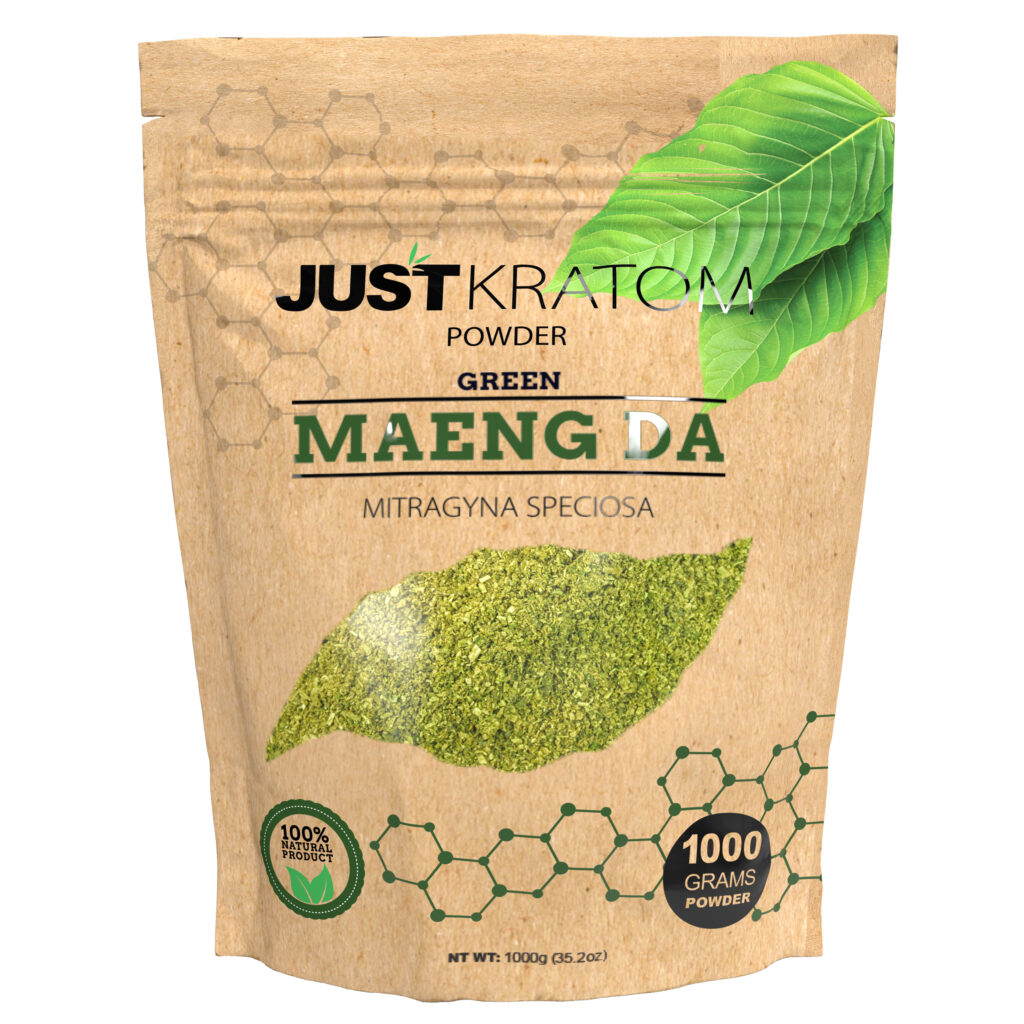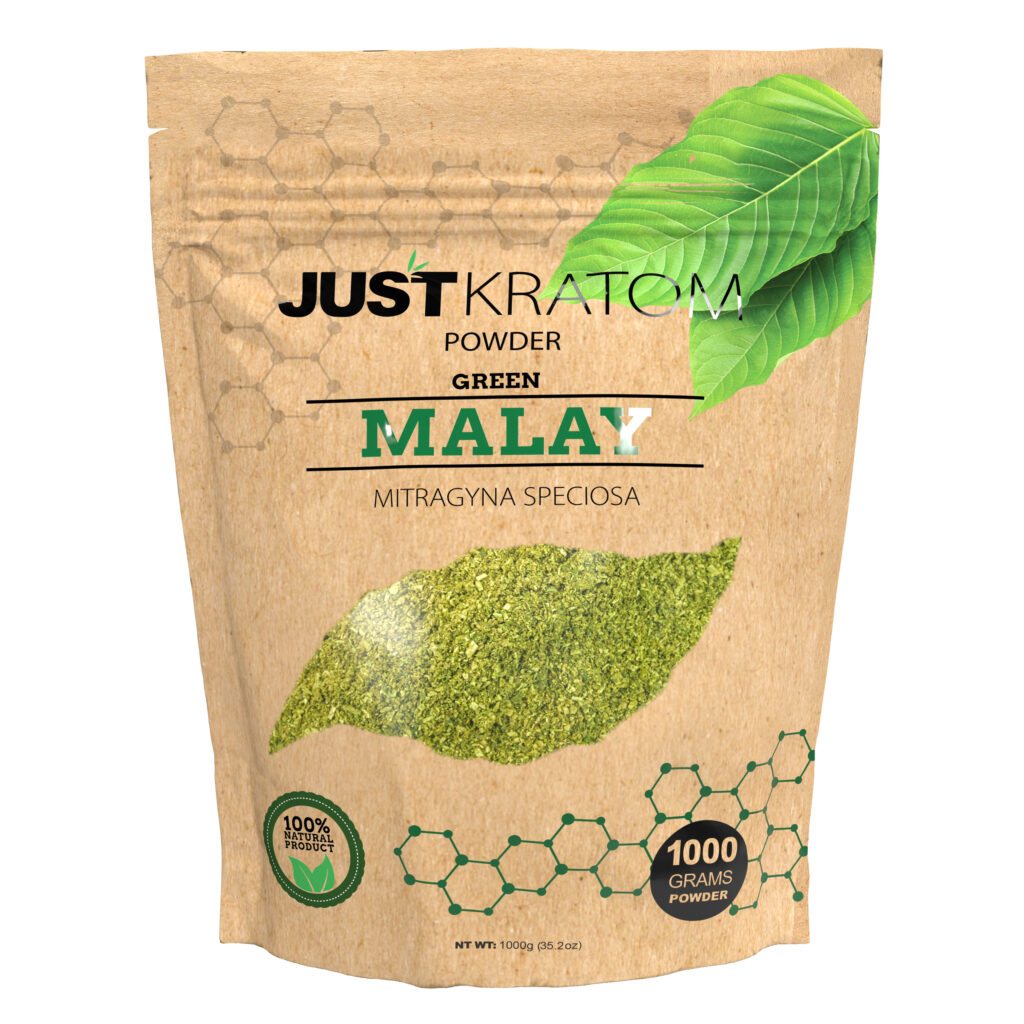Why Kratom Powder Is A Popular Choice For Pain Management
May 12, 2025
Potential Analgesic Effects
Kratom, a tropical tree native to Southeast Asia, has gained popularity as a natural remedy for pain management. One of its active compounds, mitragynine, is believed to interact with opioid receptors in the brain, potentially providing analgesic (pain-relieving) effects.
While anecdotal evidence suggests that kratom can be effective for various types of pain, including chronic pain and muscle soreness, scientific research on its analgesic properties is still limited.
Further studies are needed to fully understand the mechanisms by which kratom exerts its potential pain-relieving effects and to determine its safety and efficacy for long-term use.
Effects on Opioid Receptors
Mitragynine, a primary alkaloid in kratom, is believed to exert its analgesic effects by binding to opioid receptors in the brain. These receptors are involved in regulating pain perception and are also targeted by conventional opioid medications like morphine.
It is thought that mitragynine’s interaction with these receptors can modulate pain signals, leading to a reduction in pain perception.
Influence on Neurotransmitters
While the exact mechanisms of kratom’s analgesic effects are still being investigated, research suggests that its active compounds, particularly mitragynine, may influence neurotransmitters involved in pain perception.
Mitragynine is believed to bind to opioid receptors in the brain, which play a crucial role in modulating pain signals. Activation of these receptors can lead to the release of endorphins, the body’s natural painkillers.
Chronic Pain Relief
Kratom has gained attention as a potential natural remedy for pain management, particularly chronic pain.
One of its active compounds, mitragynine, is believed to interact with opioid receptors in the brain, similar to how prescription painkillers work. This interaction may lead to a reduction in pain perception.
Despite anecdotal evidence suggesting kratom’s effectiveness for various types of pain, scientific research on its analgesic properties is still limited.

Fibromyalgia and Arthritis Pain
Kratom is gaining traction as a natural remedy for managing pain conditions like fibromyalgia and arthritis. It contains mitragynine, an active compound that interacts with opioid receptors in the brain.
These receptors are also targeted by conventional painkillers, leading to pain relief. Mitragynine’s binding to these receptors is thought to modulate pain signals, potentially reducing pain perception for individuals suffering from chronic conditions like fibromyalgia and arthritis.
Nerve Pain Management
Kratom has gained attention as a potential natural remedy for pain management, particularly chronic pain.
One of its active compounds, mitragynine, is believed to interact with opioid receptors in the brain, similar to how prescription painkillers work. This interaction may lead to a reduction in pain perception.
While anecdotal evidence suggests kratom can be effective for various types of pain, including chronic pain and muscle soreness, scientific research on its analgesic properties is still limited.
Further studies are needed to fully understand the mechanisms by which kratom exerts its potential pain-relieving effects and to determine its safety and efficacy for long-term use.
Ease of Access Online and in Stores
Kratom, a tropical tree native to Southeast Asia, has gained popularity as a natural remedy for pain management. One of its active compounds, mitragynine, is believed to interact with opioid receptors in the brain, potentially providing analgesic (pain-relieving) effects.
While anecdotal evidence suggests that kratom can be effective for various types of pain, including chronic pain and muscle soreness, scientific research on its analgesic properties is still limited.
Further studies are needed to fully understand the mechanisms by which kratom exerts its potential pain-relieving effects and to determine its safety and efficacy for long-term use.
Mitragynine, a primary alkaloid in kratom, is believed to exert its analgesic effects by binding to opioid receptors in the brain. These receptors are involved in regulating pain perception and are also targeted by conventional opioid medications like morphine.
It is thought that mitragynine’s interaction with these receptors can modulate pain signals, leading to a reduction in pain perception.
While the exact mechanisms of kratom’s analgesic effects are still being investigated, research suggests that its active compounds, particularly mitragynine, may influence neurotransmitters involved in pain perception.
Mitragynine is believed to bind to opioid receptors in the brain, which play a crucial role in modulating pain signals. Activation of these receptors can lead to the release of endorphins, the body’s natural painkillers.
Kratom has gained attention as a potential natural remedy for managing pain conditions like fibromyalgia and arthritis. It contains mitragynine, an active compound that interacts with opioid receptors in the brain.
These receptors are also targeted by conventional painkillers, leading to pain relief. Mitragynine’s binding to these receptors is thought to modulate pain signals, potentially reducing pain perception for individuals suffering from chronic conditions like fibromyalgia and arthritis.
Lower Cost Compared to Prescription Medications
%h2% Lower Cost Compared to Prescription Medications %h2%
One significant factor driving kratom’s popularity is its affordability compared to prescription pain medications. Kratom powder can be purchased for a fraction of the cost of many opioid painkillers, making it an attractive option for individuals struggling with chronic pain who may face financial constraints.
Reported Reduction in Pain Intensity
%h2% Reported Reduction in Pain Intensity %h2%
Anecdotal evidence and some preliminary studies suggest that kratom use is associated with a reported reduction in pain intensity. Individuals experiencing chronic pain, muscle soreness, or other types of pain have shared accounts of finding relief from their symptoms after using kratom.
However, it’s important to note that these reports are largely based on personal experiences and require further scientific investigation to confirm the efficacy and safety of kratom for pain management.
Positive Anecdotal Experiences
%h2% Positive Anecdotal Experiences %h2%
A growing number of individuals who struggle with chronic pain, particularly those facing financial constraints, have turned to kratom as a potential alternative to expensive prescription medications. They often report positive experiences, citing kratom’s ability to reduce their pain levels and improve their overall quality of life.
Many users share stories about finding relief from persistent aches, muscle soreness, and discomfort associated with various medical conditions. While these accounts provide valuable insights into potential benefits, it’s crucial to remember that anecdotal evidence alone cannot confirm the effectiveness or safety of kratom for pain management.
Online Forums and Communities
Kratom, a tropical tree native to Southeast Asia, has gained popularity as a natural remedy for pain management. One of its active compounds, mitragynine, is believed to interact with opioid receptors in the brain, potentially providing analgesic (pain-relieving) effects.
While anecdotal evidence suggests that kratom can be effective for various types of pain, including chronic pain and muscle soreness, scientific research on its analgesic properties is still limited.
Further studies are needed to fully understand the mechanisms by which kratom exerts its potential pain-relieving effects and to determine its safety and efficacy for long-term use.
Mitragynine, a primary alkaloid in kratom, is believed to exert its analgesic effects by binding to opioid receptors in the brain. These receptors are involved in regulating pain perception and are also targeted by conventional opioid medications like morphine.
It is thought that mitragynine’s interaction with these receptors can modulate pain signals, leading to a reduction in pain perception.
- Lower Cost Compared to Prescription Medications
- Reported Reduction in Pain Intensity
- Positive Anecdotal Experiences
Side Effects and Adverse Reactions
%h2% Side Effects and Adverse Reactions %h2%
While kratom is often touted as a natural pain reliever, it’s important to be aware of its potential side effects and adverse reactions. These can vary from person to person and depend on factors such as dosage, frequency of use, and individual sensitivity.
Some common reported side effects include nausea, vomiting, constipation, dizziness, dry mouth, increased heart rate, and insomnia. In some cases, kratom can also cause more serious adverse reactions, such as seizures, liver damage, and respiratory depression.
It is crucial to consult with a healthcare professional before using kratom, especially if you have pre-existing medical conditions or are taking other medications.
Dependence and Addiction Concerns
Kratom, a tropical tree native to Southeast Asia, has gained popularity as a natural remedy for pain management. One of its active compounds, mitragynine, is believed to interact with opioid receptors in the brain, potentially providing analgesic (pain-relieving) effects.
While anecdotal evidence suggests that kratom can be effective for various types of pain, including chronic pain and muscle soreness, scientific research on its analgesic properties is still limited.

Further studies are needed to fully understand the mechanisms by which kratom exerts its potential pain-relieving effects and to determine its safety and efficacy for long-term use.
- Lower Cost Compared to Prescription Medications
- Reported Reduction in Pain Intensity
- Positive Anecdotal Experiences
- Side Effects and Adverse Reactions

%h2% Dependence and Addiction Concerns %h2%
One significant concern associated with kratom use is the potential for dependence and addiction. Kratom’s interaction with opioid receptors in the brain can lead to tolerance, where larger doses are needed to achieve the desired effects.
With prolonged use, individuals may develop a physical dependence on kratom, experiencing withdrawal symptoms such as nausea, vomiting, muscle aches, and anxiety when they try to stop using it.
Although kratom is not currently classified as a controlled substance in all countries, its potential for misuse and addiction raises concerns among health authorities.
It is crucial for individuals considering kratom use to be aware of these risks and to use it responsibly, under the guidance of a healthcare professional if necessary.
Lack of Regulation and Quality Control
%h2% Lack of Regulation and Quality Control %h2%
One major concern surrounding kratom is the lack of regulation and quality control in its production and distribution. Since kratom is not currently classified as a controlled substance in many countries, there are few regulations governing its manufacturing, processing, or sale.
This lack of oversight can result in inconsistencies in the purity, potency, and safety of kratom products.
Consumers may unknowingly ingest contaminated kratom containing heavy metals, pesticides, or other harmful substances.
Furthermore, the absence of standardized dosage guidelines makes it difficult to determine safe and effective consumption levels.
Kratom Powder available at Just Kratom Store
- NCTF 135 HA Near Horley, Surrey - September 19, 2025
- Nasolabial Fold Fillers – Marionette Lines Near Wonersh, Surrey - September 17, 2025
- Nasolabial Fold Fillers – Marionette Lines Near Kempton Park, Surrey - September 16, 2025